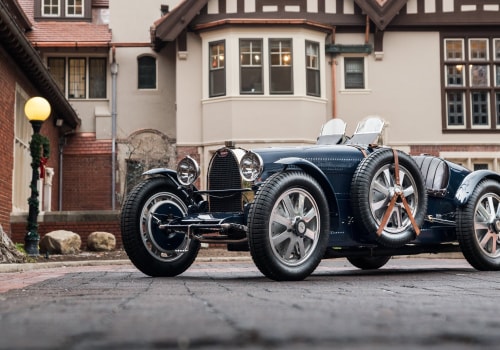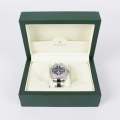With the rise of copycat products, it's becoming increasingly difficult to tell the difference between a replica and an original. While many of these products appear to be identical, there are subtle shape and size differences that can make all the difference. In this article, we'll take a look at the differences between replicas and originals in terms of shape and size, and how to identify them. From fashion to furniture, replicas have become increasingly popular in recent years. However, it's important to understand that while replicas may look the same, they often have noticeable shape and size differences that can be used to identify them.
In this article, we'll discuss these differences in detail and provide tips on how to spot them. Replicas are usually made to look as close as possible to the original product. However, there can be noticeable differences in shape and size between the two. Replicas may be smaller or larger than the original item, depending on the manufacturer. Some replicas may also have different shapes due to manufacturing processes.
For example, a replica car may have a slightly different body shape from the original. When it comes to replicas, it’s important to know that they may not be as high-quality as the original product. The materials used in replicas may not be as durable or long-lasting as those used in the original item. This can lead to a shorter life span for the replica item.
Another difference between replicas and originals is that replicas may not come with all of the features of the original item. For example, a replica watch may not have the same functions as an original watch. This could mean that some features are missing or don’t work as well as they should. The cost of replicas can also be significantly lower than the cost of originals.
This is because replicas are usually mass-produced, meaning that they don’t have to go through the same rigorous manufacturing process that originals do. This means that replicas can be significantly cheaper than originals, making them a great option for those on a budget. Finally, it’s important to note that some replicas may not be legal to buy or sell. This is because some items, such as designer handbags, are protected by copyright laws.
It’s important to check if a replica item is legal before buying it.
Drawbacks of Replicas
Replicas can also have some drawbacks compared to originals. They may not have all of the features or functions of an original item, and they may not last as long due to lower quality materials. Additionally, some replicas may be illegal to buy or sell due to copyright laws.Benefits of Replicas
Replicas can offer a number of advantages when compared to originals. For one, they are typically much cheaper, making them an ideal option for those on a limited budget.Additionally, replicas don't require the same level of craftsmanship or materials that originals do, so they can often be mass-produced much more quickly and inexpensively. Finally, replicas provide an excellent way to enjoy an item without breaking the bank.
Price
One of the primary benefits of replicas is their price. Because they don't require the same level of craftsmanship or materials that originals do, replicas can be produced more cheaply. This makes them a great choice for those who want to enjoy the look and feel of an item without spending a fortune.Mass Production
Due to their lower cost, replicas can be mass-produced more quickly and efficiently than originals.This means that customers have access to a larger variety of items and can choose the one that best suits their needs.
Cost Savings
Finally, replicas provide a great way to enjoy an item without breaking the bank. By opting for a replica instead of an original, customers can save a considerable amount of money while still getting the look and feel they desire. In conclusion, replicas and originals can have significant differences in shape and size, depending on the manufacturer. Replicas offer several advantages such as being cheaper and easier to mass-produce, but they may also have some drawbacks, such as having fewer features or being illegal to buy or sell in some cases. It is important to consider all these factors before deciding whether to purchase a replica or an original item. The benefits of buying a replica include access to unique designs that may not be available in an original form, as well as being able to purchase a product at a lower cost.On the other hand, there are some drawbacks to buying a replica, such as reduced quality, limited features, and potential legal issues. All of these should be taken into account when deciding whether a replica or an original product is the right choice for you.






